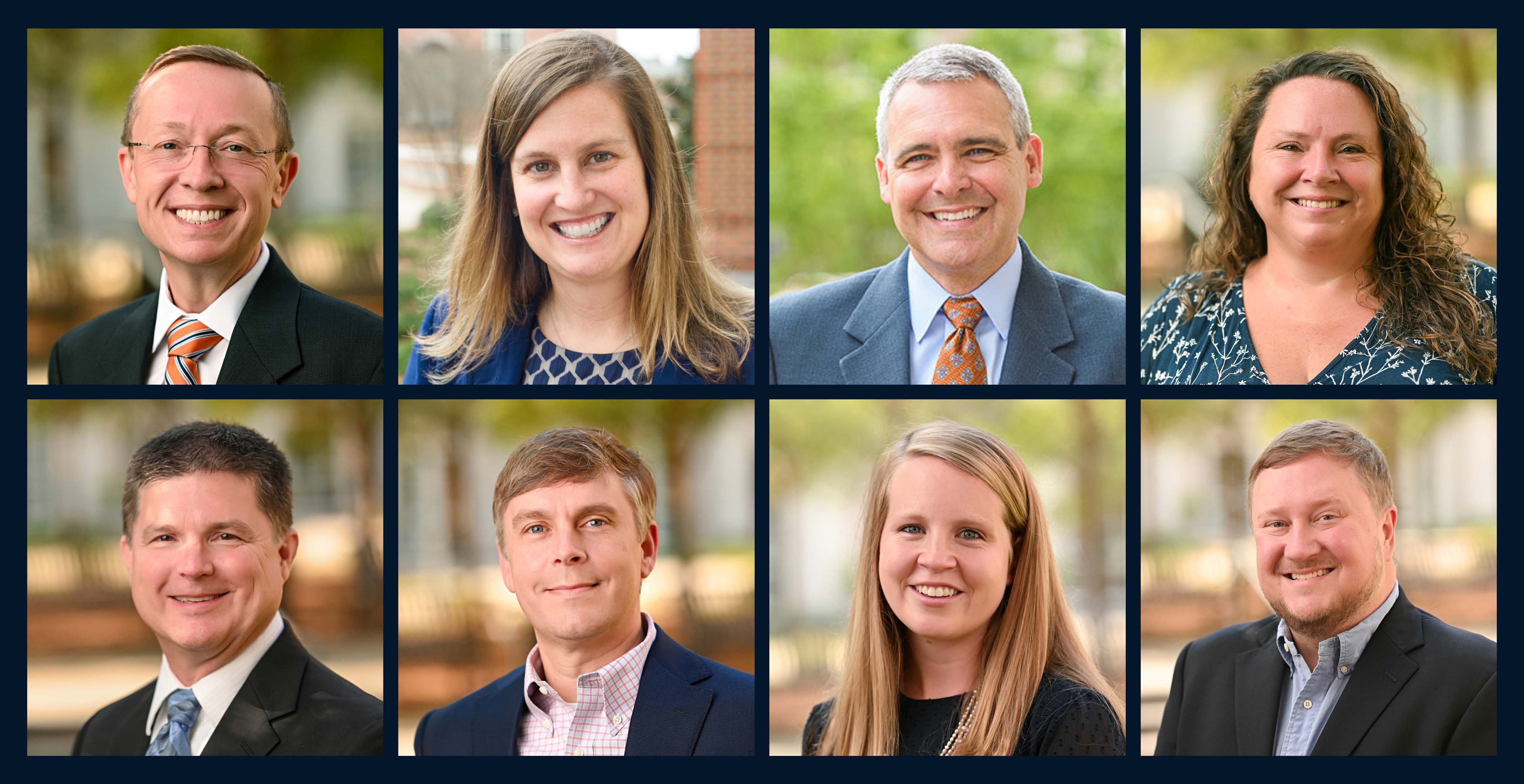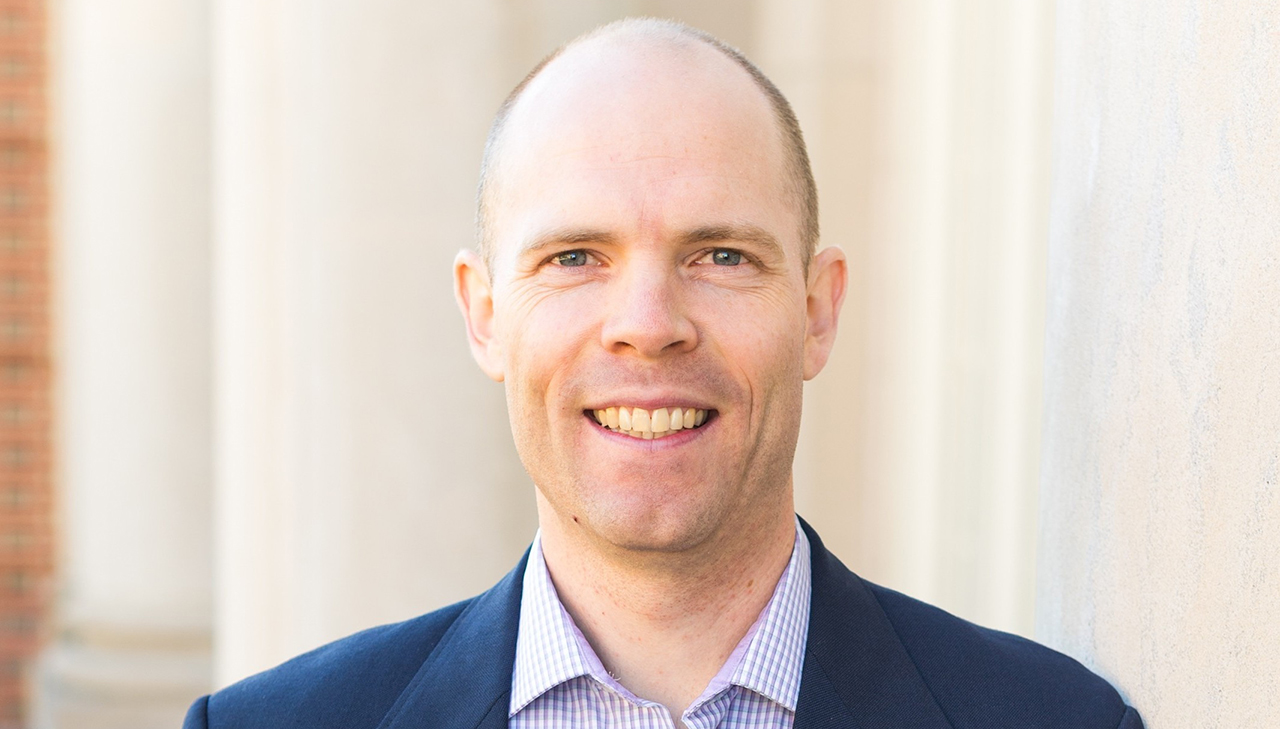
Selected distressed communities throughout the country may benefit from an influx
of new investment due to the 2017 Tax Cuts and Jobs Act (TCJA). This act contains
a provision that creates a significant tax incentive to invest in these communities,
or “Opportunity Zones,” chosen by officials in all the states.
More than 8,700 Opportunity Zones were designated in July 2018 that cover parts of
all 50 states, the District of Columbia and five U.S. territories. The hope is that
the tax incentives will spur new economic development and create new jobs in the chosen
distressed communities.
What is an Opportunity Zone? How were Opportunity Zones designated? How, can, and
will investors and residents within designated zones benefit? These questions, and
more, were discussed on Wednesday, May 1, at the Alabama Opportunity Zone Forum, where more than 150 statewide developers, investors and community leaders have an
opportunity to gain a better understanding of the potential for TCJA to stimulate
economic development and create jobs in distressed communities.
The event, hosted by Auburn University Outreach and the Government and Economic Development Institute, was held at the Auburn University Hotel and Conference Center.
 “What attendees learned are the locations of Opportunity Zones within the state, what
potential investors are looking for in terms of investment projects, and what can
be, and has been, done by community leaders in Opportunity Zones to attract investment,”
said Jim Barth (left), Eminent Scholar in Finance at the Harbert College of Business. Barth is co-author with Shen Zhang (PhD candidate in finance) of a new report, “Opportunity Zones for Economic Development
and Job Creation: The Nuts and Bolts and a Look at Alabama.”
“What attendees learned are the locations of Opportunity Zones within the state, what
potential investors are looking for in terms of investment projects, and what can
be, and has been, done by community leaders in Opportunity Zones to attract investment,”
said Jim Barth (left), Eminent Scholar in Finance at the Harbert College of Business. Barth is co-author with Shen Zhang (PhD candidate in finance) of a new report, “Opportunity Zones for Economic Development
and Job Creation: The Nuts and Bolts and a Look at Alabama.”
“What types of projects will be supported in Opportunity Zones by an inflow of investors’
money? Are investors looking for real estate projects? Are they looking to start new
businesses? Are they looking to build new hospitals? This matters for the number and
permanence of jobs created,” said Zhang.
How were Opportunity Zones chosen? Officials could nominate a distress community as
an Opportunity Zone if … 1) the community had a poverty rate of at least 20 percent
and 2) the median family income of the community was no more than 80 percent of the
statewide median family income. Officials in each state then nominated up to 25 percent
of the eligible distressed communities, which had to be approved by the U.S. Treasury
Department. This process led to 158 Opportunity Zones in Alabama, and seven in Lee
County.
However, Barth and Zhang’s report point out that distressed communities selected were
not those with the highest poverty rates or the greatest diversity in populations.
According to the report, “the results indicate that the selections did not always
include the most distressed communities in terms of high poverty rates or low family
incomes, or even those communities with high percentages of minority and African American
populations.
 This suggests that other factors played a role in communities in which these specific
factors did not seem to be the decisive factors. Some leaders in the communities not
selected, yet eligible, might wish to learn more about all of the factors that played
a role in the selection process to better understand why their communities were not
selected.”
This suggests that other factors played a role in communities in which these specific
factors did not seem to be the decisive factors. Some leaders in the communities not
selected, yet eligible, might wish to learn more about all of the factors that played
a role in the selection process to better understand why their communities were not
selected.”
The May 1 event featured a wealth of speakers. They included: Paul Marino of Sadis
& Goldberg, Jeff Drinkwater of NES Financial, Alex Flachsbart of Opportunity Alabama,
Rejane Frederick from the Center for American Progress; Alex Helm of Acumen Capital;
George Buchanan III from Regions Bank, Giev Askari from HSBC; and Dr. C. Gene Steurle,
Institute Fellow and Richard B. Fisher Chair at The Urban Institute.
Opportunity Zones in Alabama, county by county

 Degrees & Programs
Degrees & Programs
 Faculty & Staff
Faculty & Staff
 Career Development
Career Development
 Recruiters & Industry
Recruiters & Industry

 “What attendees learned are the locations of Opportunity Zones within the state, what
potential investors are looking for in terms of investment projects, and what can
be, and has been, done by community leaders in Opportunity Zones to attract investment,”
said
“What attendees learned are the locations of Opportunity Zones within the state, what
potential investors are looking for in terms of investment projects, and what can
be, and has been, done by community leaders in Opportunity Zones to attract investment,”
said  This suggests that other factors played a role in communities in which these specific
factors did not seem to be the decisive factors. Some leaders in the communities not
selected, yet eligible, might wish to learn more about all of the factors that played
a role in the selection process to better understand why their communities were not
selected.”
This suggests that other factors played a role in communities in which these specific
factors did not seem to be the decisive factors. Some leaders in the communities not
selected, yet eligible, might wish to learn more about all of the factors that played
a role in the selection process to better understand why their communities were not
selected.”

